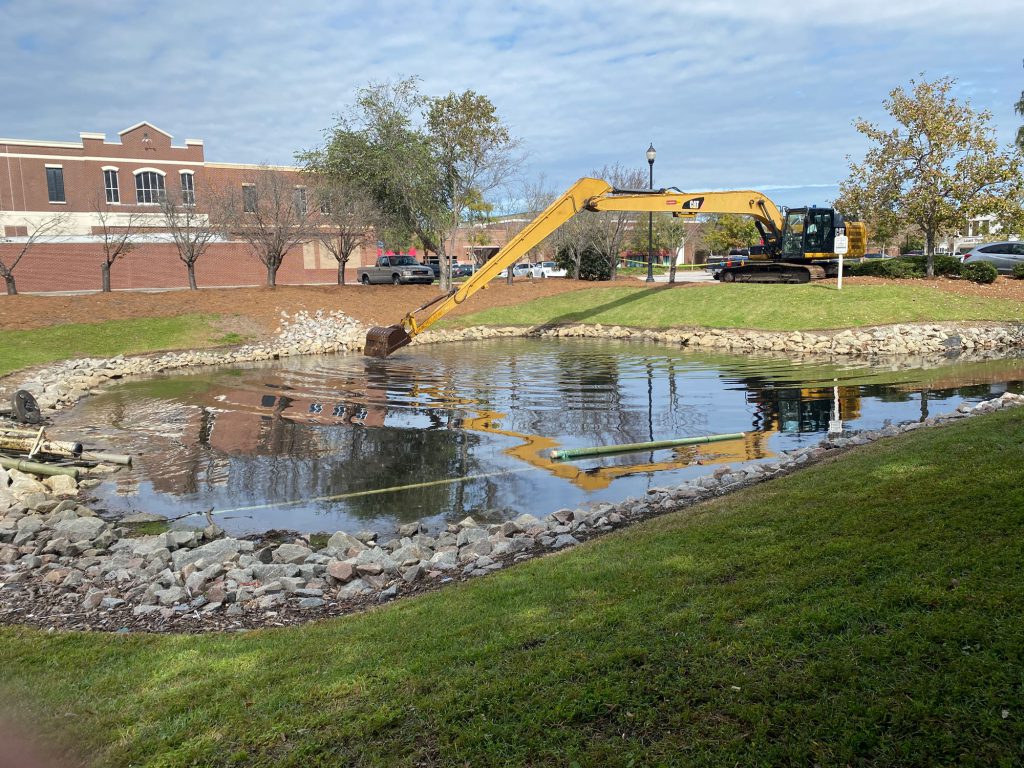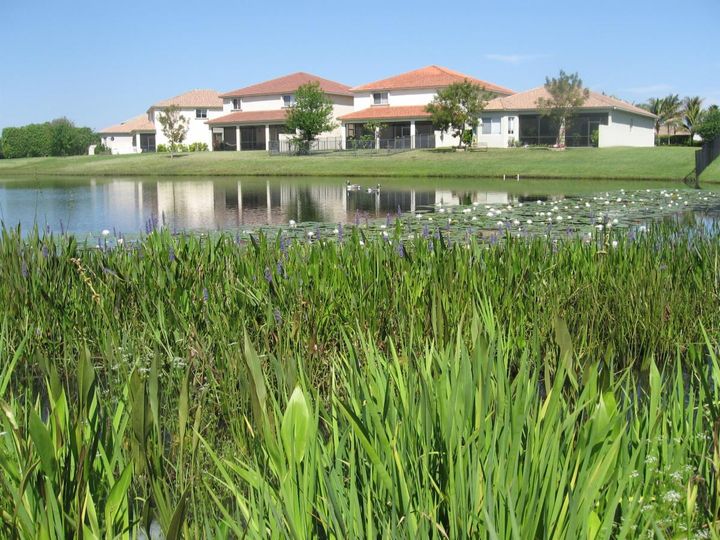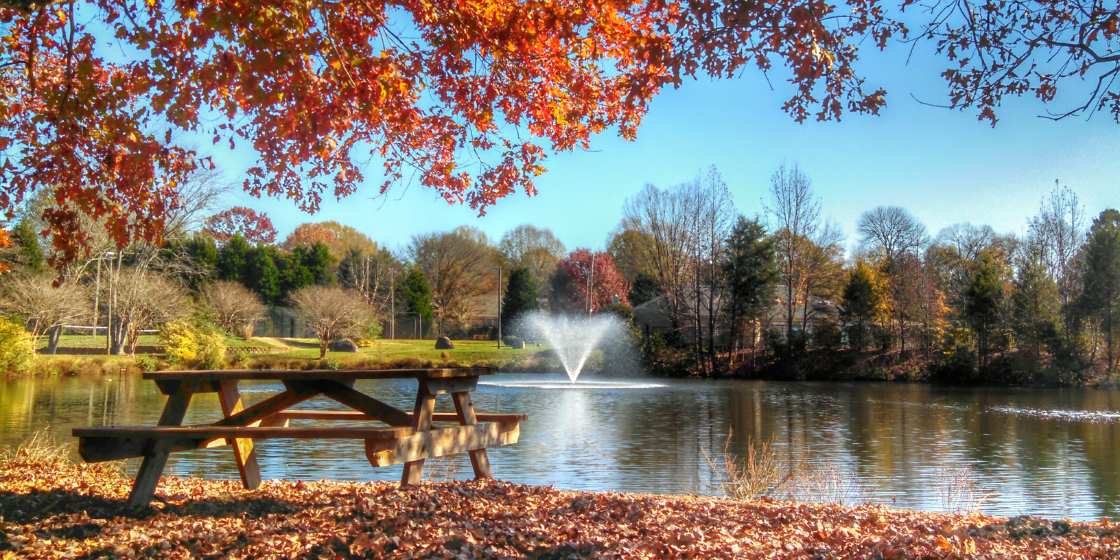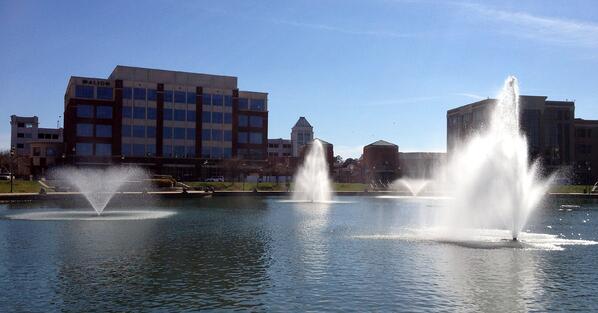Learn how to restore depth and prolong your lake’s lifespan with proactive solutions.
Why is My Pond Drying Up?
Why Is My Pond Drying Up?
We’ve all experienced the surprises and pain points that come with aging. Year after year, we undergo changes that impact our health and physical functions. This process is a natural and inevitable part of life that not only affects humans and animals, but also lakes and ponds. And just like people can expedite their rate of aging through unhealthy diets or lack of exercise, our water resources can age faster when exposed to excess nutrients, erosion, invasive weeds, harmful algal blooms, and pollution. As these factors compound, a waterbody will slowly fill in with muck, sediment, and debris, resulting in a loss of depth and volume. Over the course of 10-20 years, a pond can recede—or, seemingly, dry up—until it resembles nothing more than a marsh.
Once a waterbody has reached this point, dredging is one of the few solutions available to restore it to a healthier and more functional condition. Dredging is the process of physically removing hundreds or thousands of pounds of sediment and organic materials that accumulated over time.
Depending on the unique needs, budget, and characteristics of a property, professionals may recommend one of two styles of dredging:
Mechanical Dredging
During mechanical dredging, a waterbody is completely drained to allow full visibility of the bottom. A long-reach excavator is used to scoop out excess materials, which are then removed from the site using semi-trucks and trailers.
Hydraulic Dredging
Hydraulic dredging does not require a waterbody to be fully drained. Instead, hydraulic dredges use a specialized tube to pump water and materials into a holding tank for filtration. The filtered water is then returned to the waterbody.
Though dredging is highly effective at resetting an aged waterbody, it is one of the largest expenses a community will ever face. Stakeholders should also be prepared to take swift and ongoing action to cultivate their new aquatic ecosystem once the project is complete. Without responsible management, they may see their water resource prematurely return to its prior condition.





























 According to the National Oceanic and Atmospheric Administration (NOAA), approximately 40% of the American population lives within coastal areas, despite the fact that they only make up 10% of the country’s total landmass. As anyone who lives on the coast can tell you, populations have continued to increase in recent years. It is unsurprising then that a large concern of many homeowners in these areas is the threat of hurricanes and the associated damage.
According to the National Oceanic and Atmospheric Administration (NOAA), approximately 40% of the American population lives within coastal areas, despite the fact that they only make up 10% of the country’s total landmass. As anyone who lives on the coast can tell you, populations have continued to increase in recent years. It is unsurprising then that a large concern of many homeowners in these areas is the threat of hurricanes and the associated damage.



